This lesson learned from tracing the story of underwear is an invaluable one on which I would like to further elaborate from another -yet closely related- perspective with this new three-part series on the color! As you can imagine, the story of clothing is inextricably linked to the story of color. Along with textile technology, a whole industry is dedicated to creating, manufacturing, and marketing new colors every year. Just bring to mind the Color of the Year by the Pantone Color Institute proposed to be used for marketing, product creation, and rebranding. This ‘suggestion’ offered by Pantone, which is globally recognized as a leading source of color expertise, has enormous aesthetic and financial effects both on the fashion industry and on one’s wardrobe.
Beyond the fashionsphere, every year this particular color seems to be everywhere, from cars to furniture, from walls to jewelry, from artworks to marketing campaigns, giving the impression that we live in a monocolored culture, provoking a chain reaction that suddenly takes our visual globalized field by storm. Setting each year’s color trend affects the decisions of thousands of designers all over the world who strive to increase their customer reach and their relevance in a changing -at the speed of the light- fashion landscape. This inevitably translates to a fast-fashion production model, where the clothes dyed in the color of the previous year are considered out of fashion and as such dispensable. The Devil Wears Prada (2006) famous cerulean sweater monologue by the character of Miranda Priestly, reminiscent of Anna Wintour, the Vogue editor and fashion mogul, is telling in this regard:





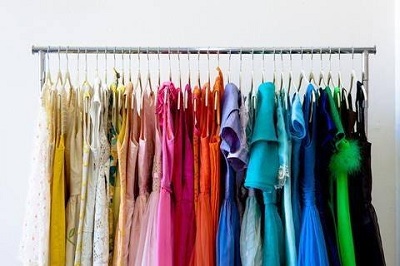


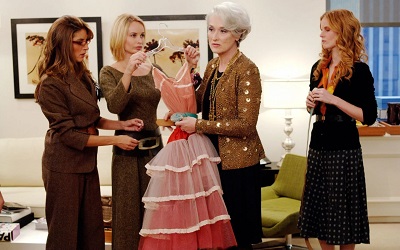
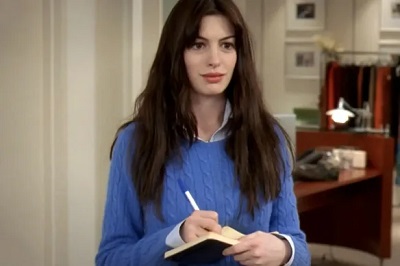
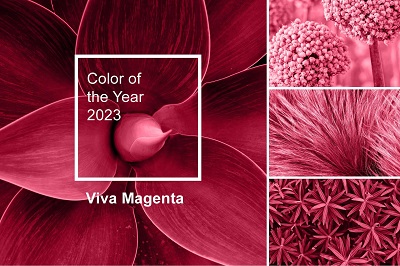
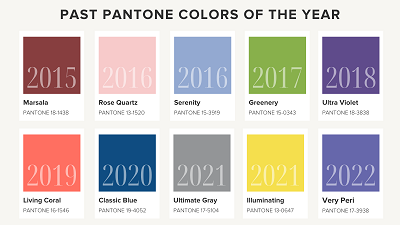

 Login
Login